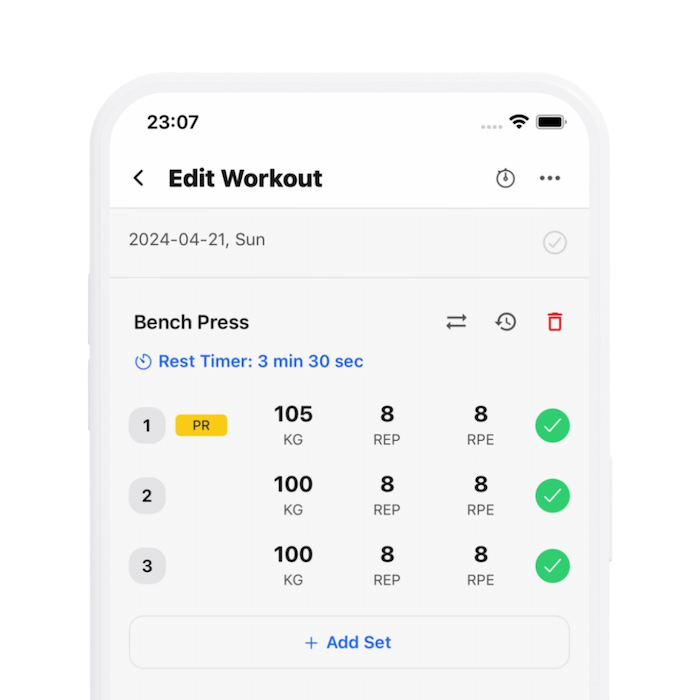30 Seconds SummaryDo Lengthened Partials Really Stimulate Stretch-Mediated Hypertrophy?
- Lengthened partial ROM reps, performed in a muscle's stretched position, are increasingly considered effective for muscle growth compared to full ROM and shortened partials.
- Studies show that lengthened partials result in better hypertrophy outcomes, potentially offering twice the muscle growth compared to full ROM, especially in the lengthened or stretched portions of exercises like leg presses and hip movements.
- There is limited direct human evidence on whether increased muscle IGF-1 levels due to lengthened partials directly contribute to muscle hypertrophy, suggesting other factors might be more influential.
- Mechanical muscle actions such as increased blood lactate, and muscular hypoxia, linked with lengthened partial training, are hypothesized but not confirmed to enhance muscle growth substantially.
- Stretch-mediated hypertrophy (SMH), previously observed in animal studies with consistent and drastic muscle mass increases, does not strongly parallel human results, where the effects are significantly smaller and less consistent.
- The transferability of animal stretch-mediated hypertrophy results to humans is limited, with factors like stretching intensity and duration playing critical roles, yet generally not mirroring the extreme results seen in animals.
